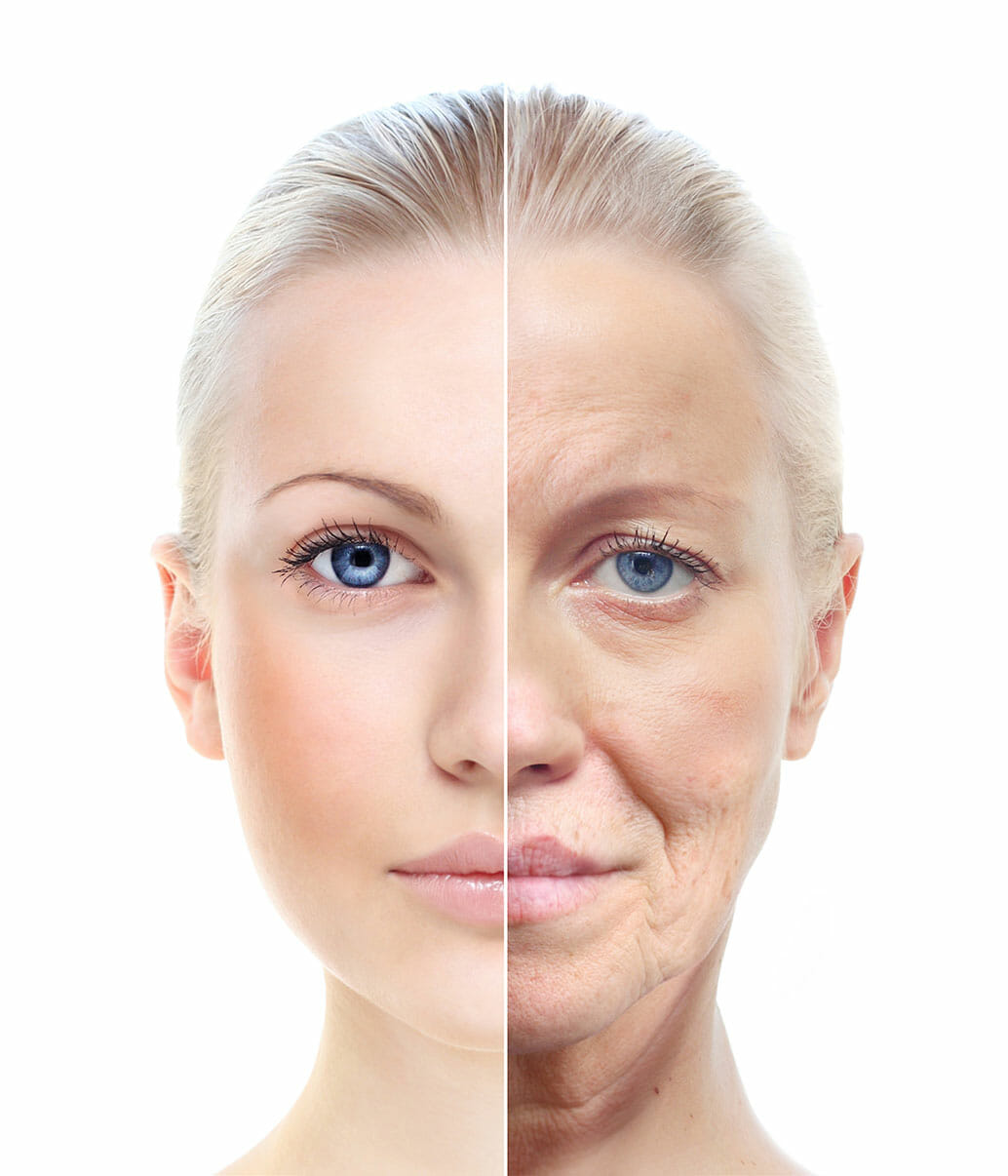Facelift
Considered to be the most valuable asset for each of us, facial appearance has a great importance in the impression we make to others. Unfortunately, the first signs of aging affect the face. Factors such as excessive exposure to sun, cold, wind, moisture loss, genetic inheritance and the passage of time, wrinkles, loss of elasticity and firmness of the facial muscles, face aging are one of the phenomena that it is impossible to avoid.
There is a great importance in our desire to keep the face young, preserving the appearance and tonicity without imperfections. To meet this desire, research efforts have led to efficiency specialists and tenderer facelift operations.
Thanks to technological developments and the development of modern surgical techniques, today face-lift surgery offers exceptional results, designed to restore the desired appearance of those who are losing their charm of youth.

It is a surgery that restores the natural shape of facial features.
Who can benefit from this facelift procedure?
It is beneficial for people who have facial ptosis (facial skin that lost its firmness) that cannot be corrected by other non-surgical methods.
How is a facelift done?
It is performed by laser incision on the side of the face, hidden in the ear line. The muscle layer position is reshaped, and then the skin is repositioned. The intervention is performed under general anesthesia (general anesthesia is the best choice for the patient’s safety and comfort in the realization of the operation). Hospital stay is one night only.
How long does the recovery take after the facelift and what does it involve?
It is possible that after the procedure local inflammation and/or bruising may occur. These reactions may last between 3 and 14 days. The patient will have a special plaster bandage on each side of the face for 10 days. Natural exposure to UV rays or solar is recommended 60 days after surgery.
Cosmetic facial treatments can be performed after 60 days of surgery.
Who shouldn’t do a facelift?
Patients with local skin infections or serious facial skin problems.
What are the risks following the intervention facelift?
Given that the intervention is performed by laser, risks of bleeding, infection, accentuated pains are almost eliminated, leaving only a local light feeling of disturbance until healed, the only possible response remaining the formation of seroma (reaction body secrete a lymphatic fluid in the operated area), a reaction that once arisen, can be resolved spontaneously or can be remedied by a minor suction intervention.
Conclusion
Up until now, facelift surgery has seen major improvements, both in terms of technical achievement, and the technology used as well.
In the clinical plastic surgeries and aesthetic treatments led by Dr. Qasim Abu Bakr – Aesthetic Qasim – facelift surgery is performed with the latest laser technology.
Benefits include;
- the firmness of the facial muscles;
- ideal reshape of the facial features;
- wrinkle removal;
- eliminating the risks of scars;
- removing the risks of a classic intervention.





